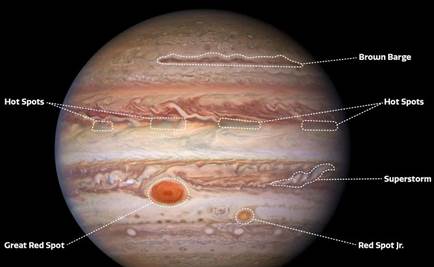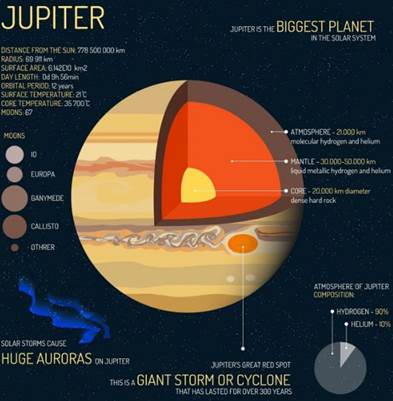Free Courses Sale ends Soon, Get It Now


Free Courses Sale ends Soon, Get It Now



Disclaimer: Copyright infringement not intended.
Context
Details
Jupiter
Structure and Surface
Time on Jupiter
Jupiter's Neighbors
Quick History

James Webb Space Telescope
Note
To know more about Lagrange Points visit: https://www.iasgyan.in/blogs/types-of-orbits-explained
© 2024 iasgyan. All right reserved